Table of Contents
Classic Ajika Seasoning Recipe
Ingredients
- 1/4 cup red pepper flakes (adjust for heat level)
- 1/4 cup ground coriander
- 1/4 cup dried marigold petals (or safflower)
- 1/4 cup crushed garlic
- 1 tablespoon sumac
- 1 teaspoon salt (optional)
Instructions
- In a mixing bowl, combine all ingredients thoroughly.
- Store the mixture in an airtight container away from direct sunlight.
- Use it as needed—sprinkle on meats, vegetables, soups, or mix into sauces.
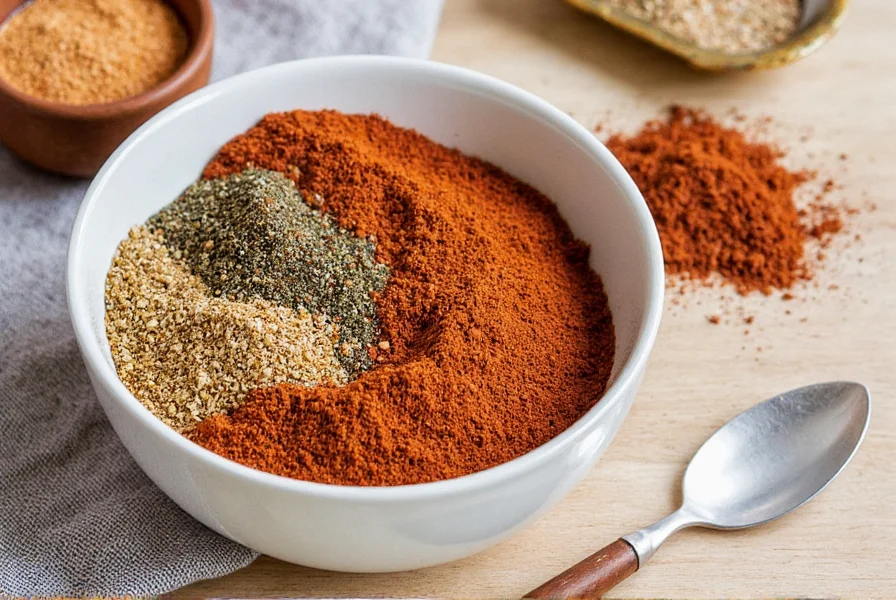
Ajika is a traditional Georgian spice blend known for its smoky, tangy, and slightly spicy flavor. This simple dry recipe creates a versatile seasoning for various dishes.
Why Ajika is a Must-Have in Your Kitchen
If you're a spice enthusiast or a professional chef looking to expand your flavor palette, ajika is a game-changer. Here are a few reasons why:
- Versatile Use: Ajika works well with meats, vegetables, soups, and even breads.
- Complex Flavor: The blend of sweet, sour, and spicy notes makes it incredibly dynamic.
- Cultural Authenticity: Adding ajika to your recipes brings an authentic taste of the Caucasus.
- Easy to Make: With just a few ingredients, you can create your own homemade version.
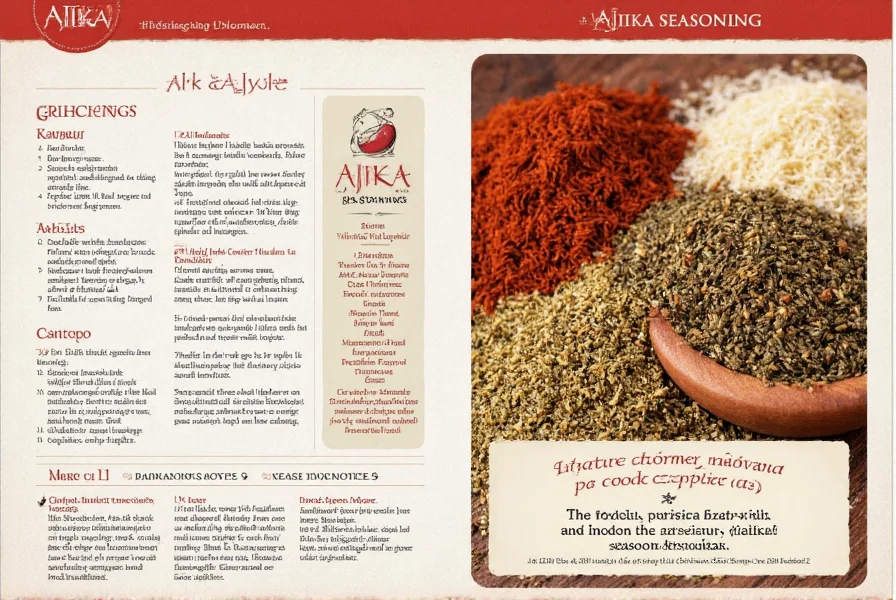
It's also a great way to experiment with new flavors without having to buy multiple spices individually. Plus, making your own ajika allows you to customize the heat level and flavor intensity to suit your personal taste.
Pro Tips for Using Ajika
Here are some practical tips to help you make the most out of your ajika seasoning:
- Start Small: Ajika can be quite strong, so use it sparingly at first and adjust to taste.
- Add to Dips: Mix it with yogurt or sour cream to create a flavorful dip.
- Marinate Meats: Let your chicken, lamb, or fish soak in ajika before grilling or roasting.
- Enhance Soups: Sprinkle a bit on top of soups or stews for extra depth.
- Pair with Bread: Use it as a spread or sprinkle it on fresh bread for a savory twist.
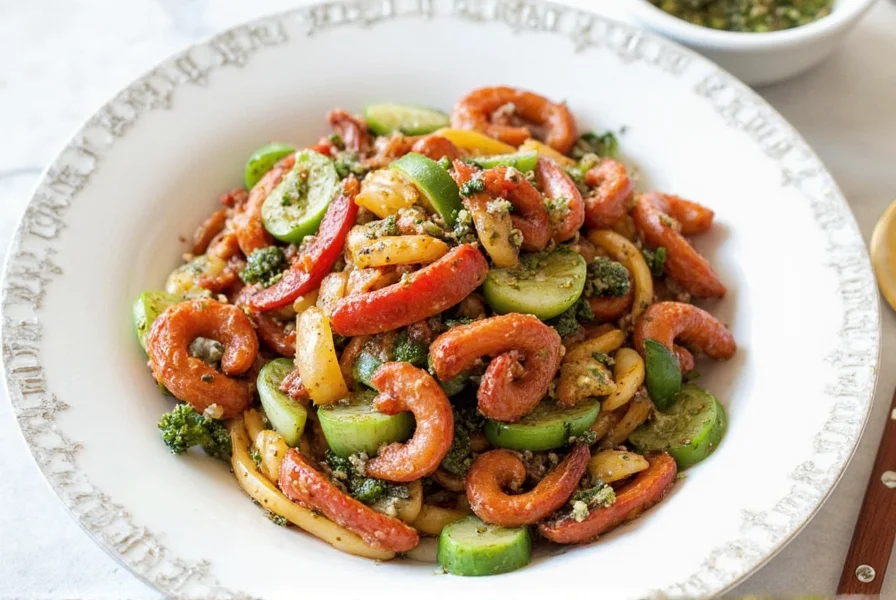
Remember, ajika is not just about heat—it's about layers of flavor. Don't be afraid to experiment and find what works best for your palate.
| Product | Features | Advantages | Use Cases | Target Audience | Suitable Occasions |
|---|---|---|---|---|---|
| Ajika by Georgian Heritage | Traditional recipe, no preservatives | Natural and authentic taste | Perfect for cooking traditional dishes | Spice lovers, chefs, home cooks | Family dinners, holiday meals |
| Spice Master Ajika Blend | Customizable heat level, easy to use | Great for beginners and advanced users | Ideal for everyday cooking | Amateur enthusiasts, busy professionals | Lunches, quick meals |
| World Spices Ajika Mix | High-quality ingredients, rich flavor | Excellent for both cooking and seasoning | Best for enhancing meats and vegetables | Foodies, restaurant chefs | Dining out, special events |
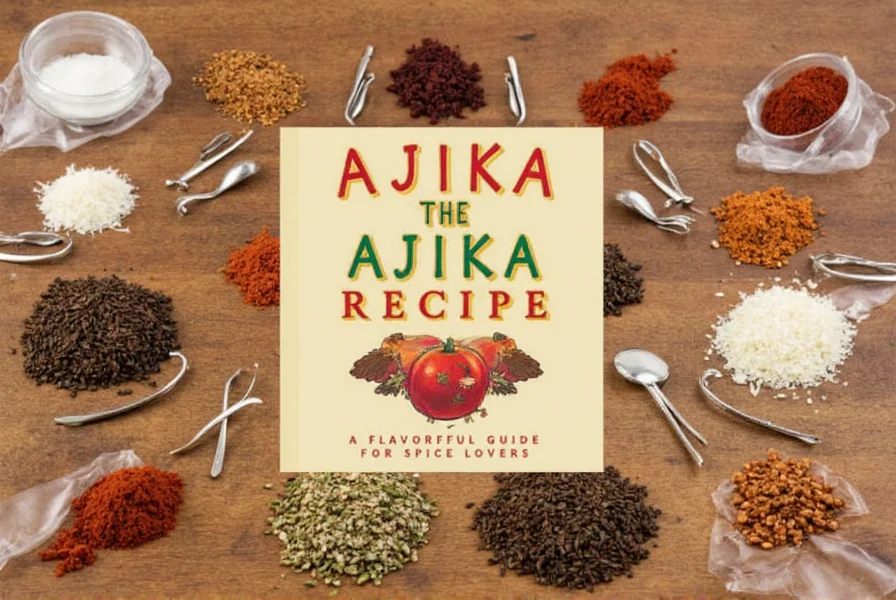
When shopping for ajika, look for products that list natural ingredients and avoid those with excessive additives. If possible, choose brands that highlight their commitment to traditional methods and authenticity.
Also, consider the occasion. For casual meals, a simple blend might work best, while for special occasions, a premium version can add that extra touch of sophistication.
Frequently Asked Questions About Ajika Seasoning
What is the difference between ajika paste and ajika seasoning?
Ajika paste is typically made with fresh ingredients like tomatoes, peppers, and herbs that are blended into a wet paste. Ajika seasoning, as described in this recipe, is a dry spice blend made from dried ingredients. The dry version has a longer shelf life and is more versatile for sprinkling directly onto foods or incorporating into dry rubs.
How long does homemade ajika seasoning last?
When stored properly in an airtight container away from direct sunlight and moisture, homemade ajika seasoning can maintain its flavor for 6-12 months. The garlic content may cause the flavor to mellow slightly over time. For best results, write the preparation date on your container and try to use it within 6 months for maximum flavor impact.
Can I adjust the heat level in ajika seasoning?
Absolutely! The heat primarily comes from the red pepper flakes. For milder ajika, reduce the amount of red pepper flakes or use a mild variety like paprika. For extra heat, increase the red pepper flakes or add a pinch of cayenne. You can also control heat by adjusting how much garlic you use, as fresh garlic adds a different kind of "heat" to the blend.
What can I use as a substitute for sumac in ajika?
If you don't have sumac, you can substitute with lemon zest (about 1 tablespoon) plus a small pinch of extra salt to mimic sumac's tangy flavor. Alternatively, a small amount of red wine vinegar or citric acid can provide the necessary tartness, though these are more liquid and would need to be adjusted carefully in a dry spice blend.
Is ajika seasoning gluten-free?
Yes, traditional ajika seasoning is naturally gluten-free as it contains only spices and dried herbs. However, if purchasing pre-made ajika, always check the label for potential cross-contamination warnings or added ingredients that might contain gluten. When making your own, ensure all your individual spice ingredients are certified gluten-free if you have serious gluten sensitivities.
How much ajika seasoning should I use in a dish?
Start with 1/2 to 1 teaspoon per serving and adjust to taste. Because ajika contains potent ingredients like garlic and red pepper, a little goes a long way. For marinades or rubs, use about 1 tablespoon per pound of meat. Remember you can always add more, but you can't remove it once added!
Can I make ajika seasoning without dried peppers?
Traditional ajika gets its distinctive flavor from red peppers, but you can create a milder version using sweet paprika instead of hot red pepper flakes. For a completely pepper-free version (though not traditional), you could substitute with additional coriander and marigold petals for color, but this would significantly alter the authentic flavor profile.
What dishes pair best with ajika seasoning?
Ajika complements grilled meats (especially lamb and chicken), roasted vegetables, tomato-based sauces, bean dishes, and hearty soups. It's also excellent mixed with olive oil as a bread dip, sprinkled on eggs, or added to mayonnaise for a flavorful sandwich spread. In Georgian cuisine, it's traditionally served with khinkali (dumplings) and khachapuri (cheese bread).
Conclusion
Ajika seasoning is more than just a spice—it's a gateway to a world of bold, layered flavors. Whether you're a seasoned chef or a curious home cook, incorporating ajika into your kitchen can transform your cooking in ways you never imagined.
The ajika seasoning recipe is a perfect example of how a few carefully chosen ingredients can create something truly remarkable. By understanding its origins, uses, and variations, you'll be able to unlock its full potential in your own cooking.
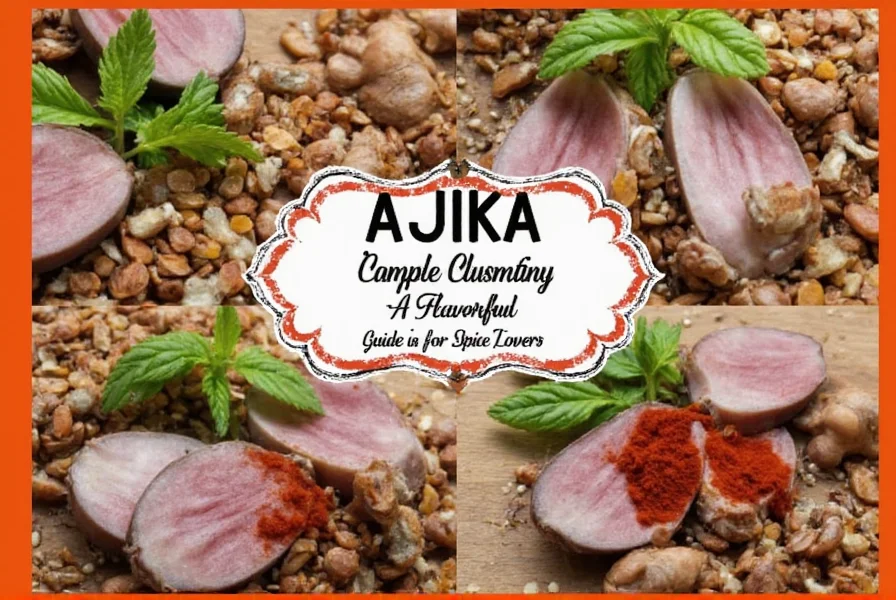
So go ahead—experiment with ajika, try different combinations, and discover your favorite way to enjoy this incredible spice blend. Your taste buds will thank you!

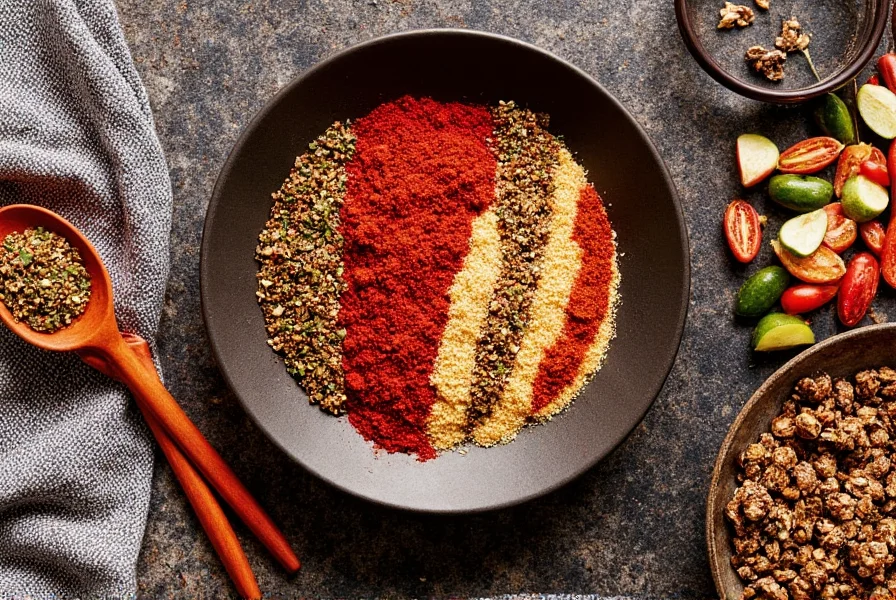









 浙公网安备
33010002000092号
浙公网安备
33010002000092号 浙B2-20120091-4
浙B2-20120091-4